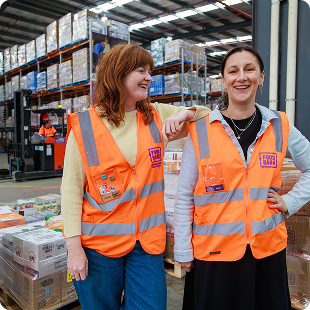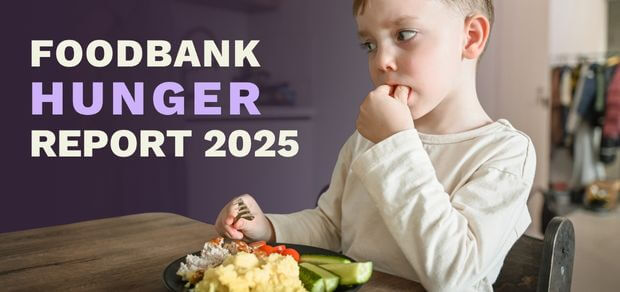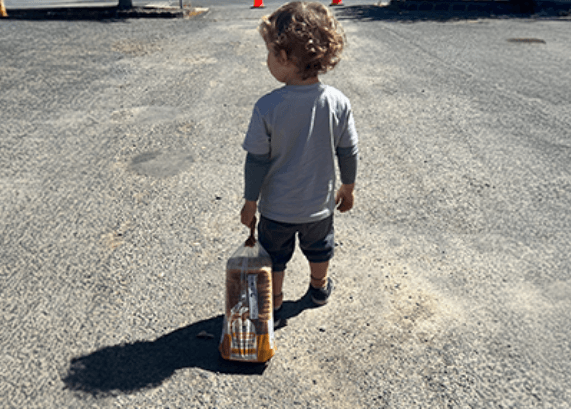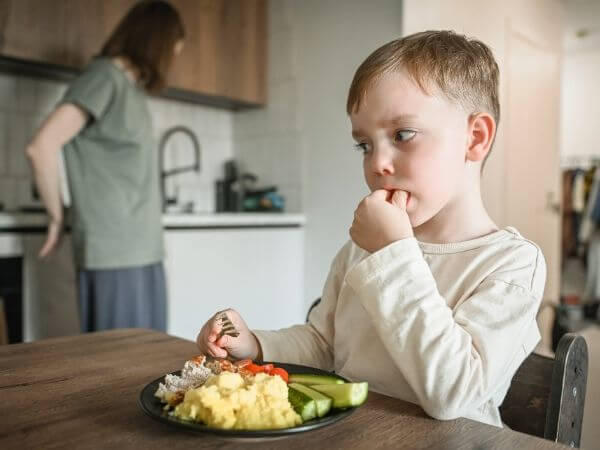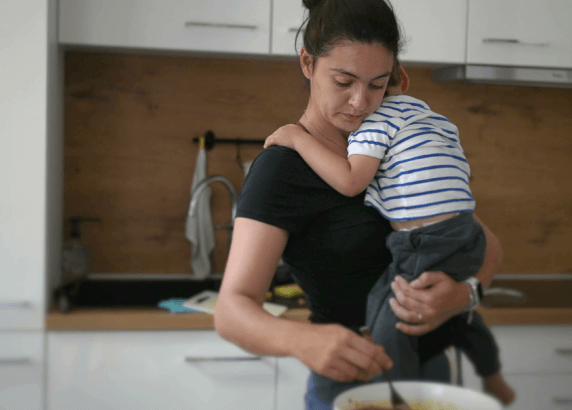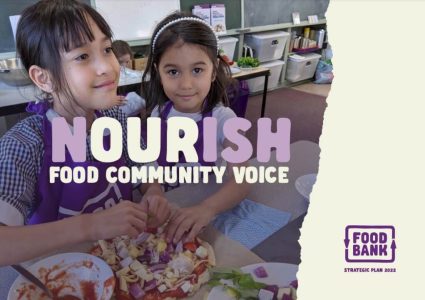Autumn Newsletter 2025
Research & Reports
Here at Foodbank, we are the definitive source of information on food insecurity and food relief services in Australia. We conduct several surveys annually, including surveys of individuals experiencing food insecurity, charities providing food relief, and organisations donating food and groceries. We also maintain comprehensive statistics on our operations, including detailed data on the food and groceries we collect and distribute. We publish several reports throughout the year, all of which can be accessed here.
To view recent reports in a different state please select below
Thank you for signing up to receive our updates!
We’ll show you some love in your inbox soon 💜
Sign up for our juicy newsletter
Share your story
We’d like to know if we’ve made a difference for you or your family.
Thank you for taking the time to share your thoughts with us.
Thank You!
We love what you’re donating.
And we’ll show you just how much with an email in your inbox soon.
Now you can drop your food and we’ll do the rest.
Register your donation, Angel 😊
Expiry and Distribution – a quick explainer
Foodbank Victoria receives a wide variety of food and grocery products from our donors. Many of our products come to us because they are close to the end of their shelf life, and we work hard to ensure that those products are supplied to our agency partners as quickly as possible.
Under Australian (and NZ) Food Safety Standards, there are two main types of expiry dates – ‘Best Before’ and ‘Use By’. Most food products you will see at Foodbank Victoria and on your supermarket shelves use one of these formats.
Use By Date (UBD)
This is a mark of product safety. You should not supply or consume foods after their Use By Date, and it is illegal to sell a product after its Use By has passed without an official shelf life extension from the product manufacturer. In some cases, shelf life can be extended by freezing a product before its Use By Date. Once thawed, it should be used immediately.
Best Before Date (BBD)
This is the most common format. Most packaged foods have a Best Before Date, which indicates the product’s quality up to that date. These products can be legally sold and safely consumed after their Best Before Date, although the quality will often begin to decline.
We have worked with over 2,000 food donors to develop the guidelines below. These are suggestions and not legal advice, but it is very similar to Foodbank Victoria’s own distribution guide.
Products with a Use By Date
| Product Type | Suggestions for Charity Partner Issue Guide |
|---|---|
| Prepacked fresh meat, fish, and ready to eat meals | Up to UBD, or in some cases may be hard frozen prior to UBD, and re-labelled accordingly. |
| Other products with Use By expiry format | Up to UBD. |
Products with a Best Before Date
| Product Type | Suggestion for Charity Partner Issue Guide |
|---|---|
| Fresh / Chilled Products | |
| Fresh bread | BBD + up to 3 days |
| Eggs | BBD + 2 weeks |
| Butter and butter blends | BBD + 4 months |
| Margarine | BBD + 4 months |
| Thickened cream | BBD + 2 weeks |
| Sour cream, crème fraiche etc | BBD + 4 weeks |
| Yoghurts and dips | BBD + 2 weeks |
| Dairy desserts | BBD + 2 weeks |
| Shredded cheese | BBD + 4 weeks |
| Soft cheese (e.g. brie, camembert, blue) | BBD + 4 weeks |
| Fresh cheese (e.g. feta, ricotta, cottage cheese) | BBD + 4 weeks |
| Hard cheese (e.g. cheddar, edam) | BBD + 2 months |
| Frozen Products | |
| Frozen protein – uncooked | BBD + 3 months |
| Frozen protein – cooked | BBD + 6 months |
| All other frozen products | BBD + 6 months |
| Shelf Stable / Ambient Products | |
| Baby food | Up to BBD |
| Dairy UHT Milk | BBD + 8 weeks |
| Non-dairy UHT milk (e.g. soy, almond) | BBD + 6 weeks |
| Pasta and rice | BBD + 1 year |
| Dry cooking/baking ingredients (flour, sugar, salt, herbs, powdered soup/meal base etc) | BBD + 1 year |
| Cooking oils and preserved foods | BBD + 1 year |
| Coffee and tea | BBD + 1 year |
| Water (non-carbonated) | BBD + 1 year |
| All other shelf stable products | BBD + 6 months |
| Non-food Products | |
| Personal and household cleaning products | Expiry + 1 year |
| Pet care products (tinned /wet) | BBD + 1 year |
| Pet care products (dry) | BBD + 6 months |
| Pet care products (chilled) | Up to expiry |
Need more information?
Please visit the Food Standards Australia & NZ website or get in touch with us directly.
 Log in
Log in